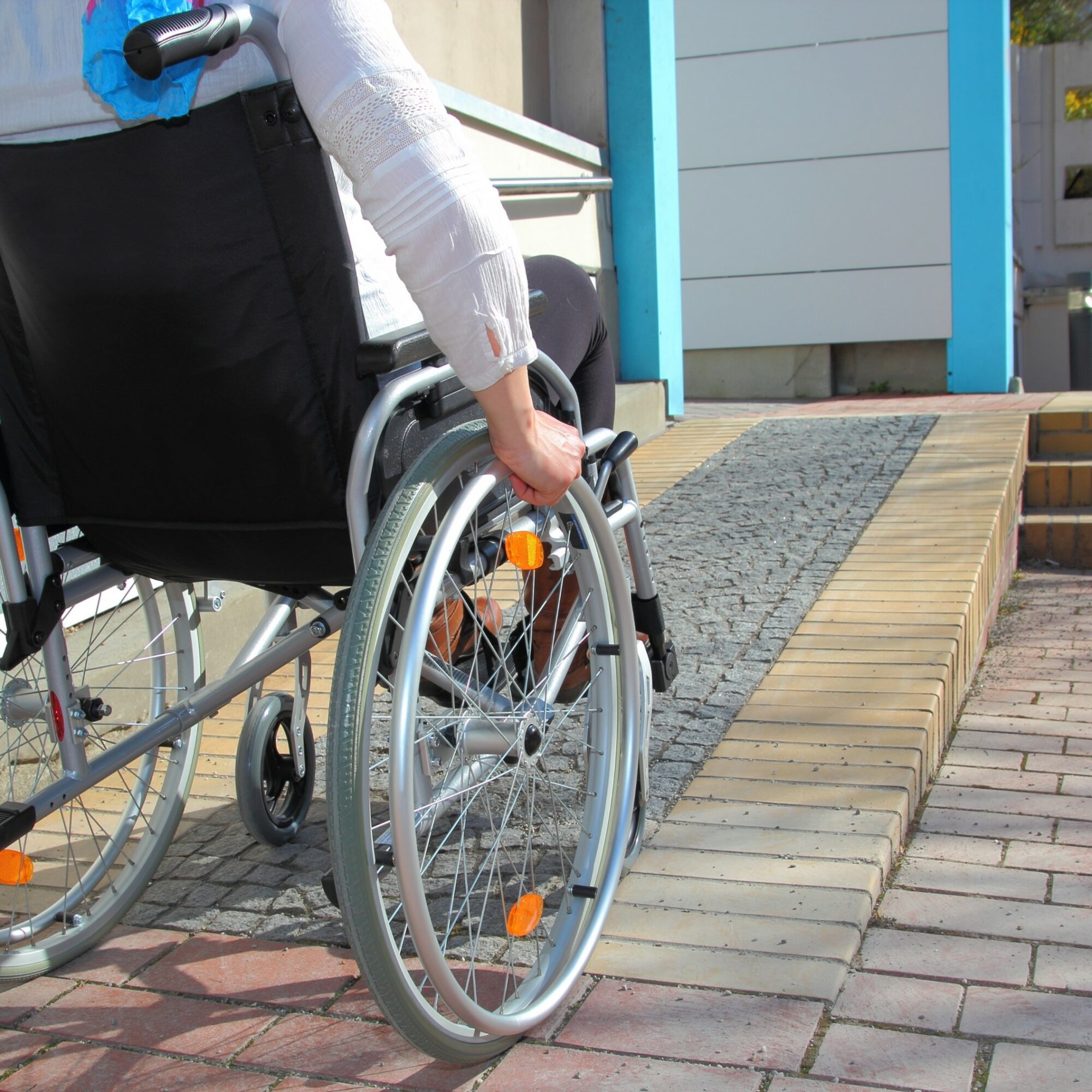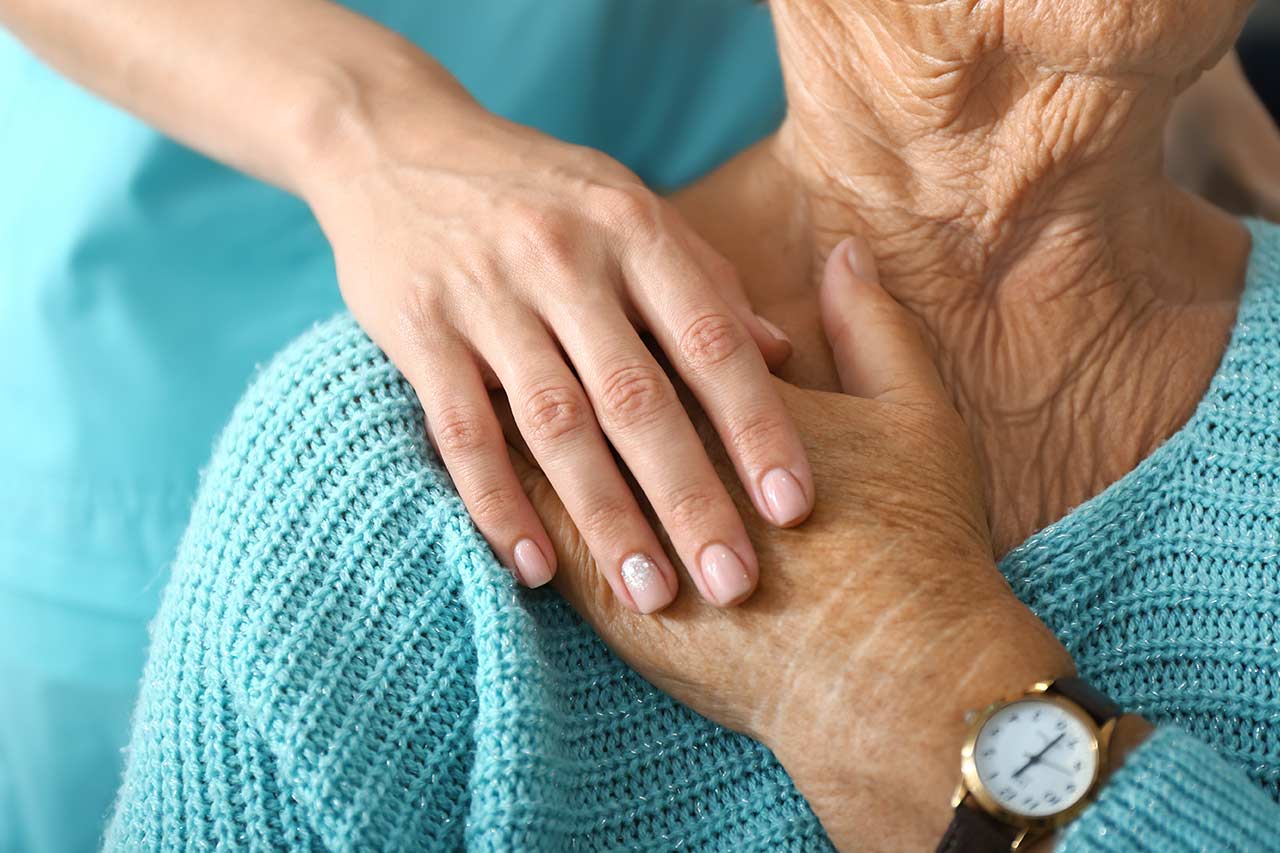Today, there are different options and forms of supportive housing for people with disabilities. From adapted housing to specialized establishments, the existing offer presents different possible options. They are mainly related to the level of dependency of the occupants. However, this offer cannot be considered sufficient and, above all, to satisfy all the needs. On the one hand, because people’s needs evolve, as do their wishes, their degree of dependence and their living aspirations; on the other hand, because the different options that exist to date are necessarily constrained by the capacity to open entitlements, by the means of compensation available and the economic and practical realities that define the scope of possibilities. What are the existing options, what are their limits and what developments are to be expected? Alcimed presents a three-dimensional picture, and even proposes a fourth dimension.
1st aspect of Supportive Housing & Disabilities: the accessibility is an obligatory requirement
According to the code of construction and housing, a house is considered accessible when people with disabilities can, “with the greatest possible autonomy”, circulate, find their way around and carry out the acts of everyday life or benefit from the services and equipment of the building. Since 2015, new buildings are subject to accessibility obligations.
Thus, whatever the building, and for residential properties, owners must respect some basic rules to guarantee this obligation (size of doors, ramps, width of corridors, etc.). These rules are unfortunately not always implemented (or applicable?) and are even less so in older houses.
Thus, people with disabilities are regularly confronted to a simple reality: without renovation or fitting out, many dwellings are not accessible to them.
2nd aspect of Supportive Housing & Disabilities: specialized structures, establishments, and foyers
Whether it is for short stays in specialized facilities or for long term medical stays, establishments and foyers offer different possibilities today:
- Homes for the aged welcome adults whose degree of autonomy does not allow them to have a professional activity but who can carry out a certain number of daily social and/or educational activities. They find an environment where the objective is to guarantee their fulfillment and safety as much as possible.
- Shelters for disabled people provide individual or group accommodation and support for people who have a job during the day, either in a regular environment, or in adapted companies or in an ESAT (Service d’Aide par le Travail).
- Finally, the medicalized residences (FAM) and specialized residences (MAS) are dedicated to the most dependent disabled adults, unable to carry out the acts of daily life on their own and requiring a more sustained support for feeding, dressing, mobility….
These solutions are of course focused on respecting people’s dignity and the best possible adaptation to personal and family situations, with particular attention paid to respecting people’s plans. However, they remain institutional solutions that “impose” themselves on their inhabitants in their organization. They are based on a model that is certainly efficient but inherently standardized and restrictive. It is therefore understandable that some people feel restricted and aspire to a better “home”.
3rd aspect of Supportive Housing & Disabilities: ideally, there is inclusiveness
In recent years, various inclusive housing offers have been set up. The proposed accommodation guarantees, in a collective mode, a habitat coupled with a social life project and support (animation, carrying out the acts of daily life, medico-social support…). These habitats are intended to limit isolation and encourage living together.
This model allows any person to freely choose to use it, since it does not require orientation by the French Commission for the rights and autonomy of disabled persons (CDAPH). Today the legislation is evolving, giving it a new dynamic. The limits are becoming more operational and economic than regulatory: finding landlords, managers, having the support of local authorities, setting up partnerships and having adequate funding, testing, changing, and adapting.
However, this type of housing cannot, to date, be used for all types of disability and is above all aimed at people who are able to carry out a certain number of everyday activities independently, to request emergency assistance or to carry out a professional activity.
Supportive Housing & Disabilities: what would be the fourth dimension to consider?
Recently, a new model has been emerging, with the desire to allow people to benefit from more intimate, less institutional housing. Following the trend of ” out of the walls “, the desire is to offer these people a safe and supportive environment in human-sized accommodations, in the heart of the city or in the countryside. The aim is to make the facilities more inclusive, including for the most vulnerable people.
If the offer has long been limited to the exclusive combination of “at home” or “in an institution”, the trend is now to allow free choice: where, with whom, how and when. Thus, the border between institutional, out-of-home, inclusive and home-based care is tending to disappear as the objectives of fighting exclusion and social isolation and increasing empowerment and respect for the capacity for self-determination become more and more fundamental.
In short, the diversification of the offer which is today the motto of the actors of the field of the handicap to better enter in coherence with the necessary evolutions and considering of the individual wills.
All this share some complexity:
- What local and national, public, and private governance for these initiatives?
- How can we guarantee the security and quality of the solutions?
- How can we coordinate the various stakeholders, support the development of practices, and integrate new skills into these models?
- How to limit overlaps and capitalize on complementarities between existing offers?
- What economic model for these new organizations?
There are no simple answers to all these key questions, so many perspectives to dig and explore! Our team specialized in Innovation & Public Policy is ready to support you in the development of your new offers.
About the author,
Elsa, Project Manager in Alcimed’s Innovation & Public Policy team in France



